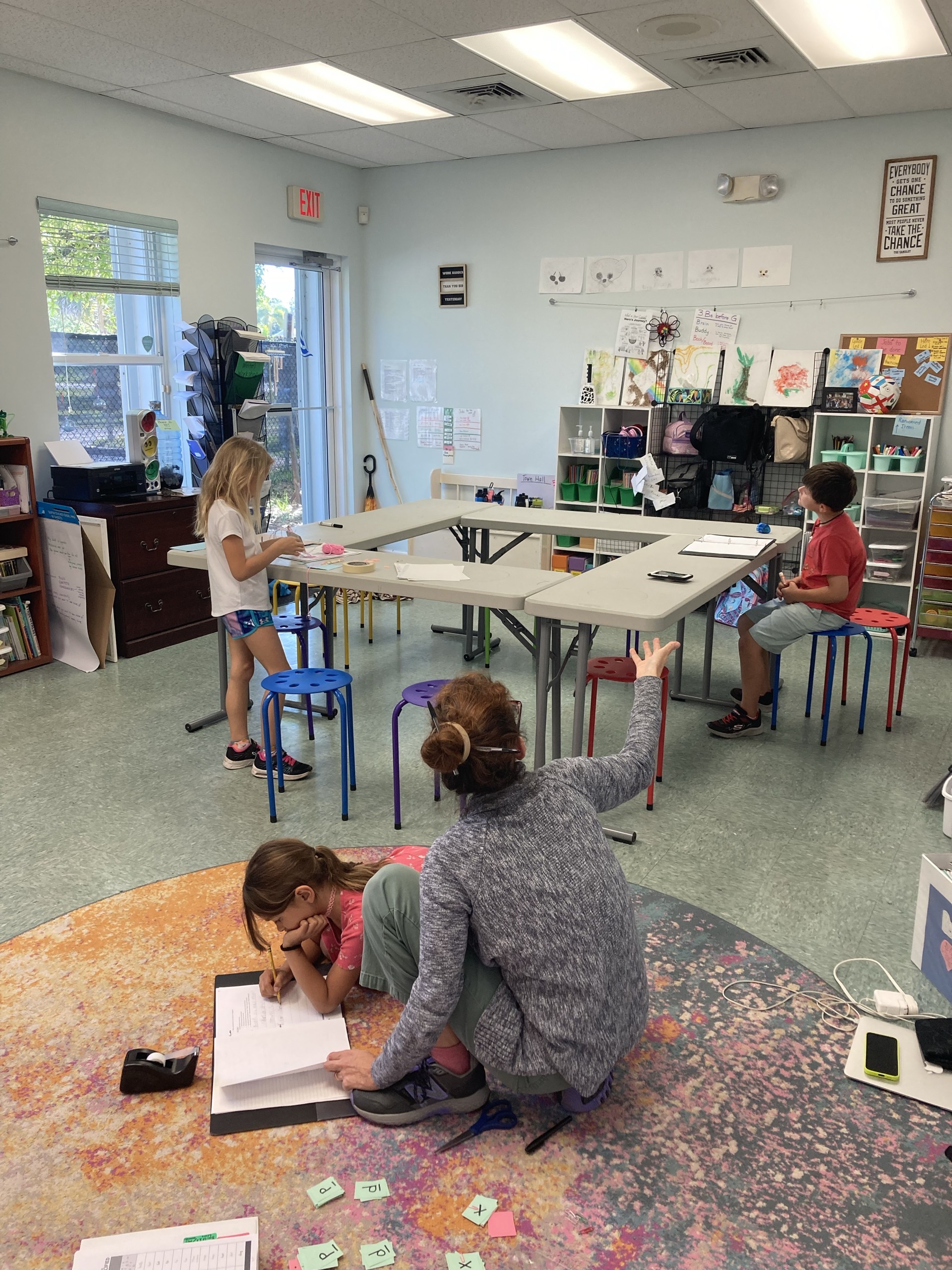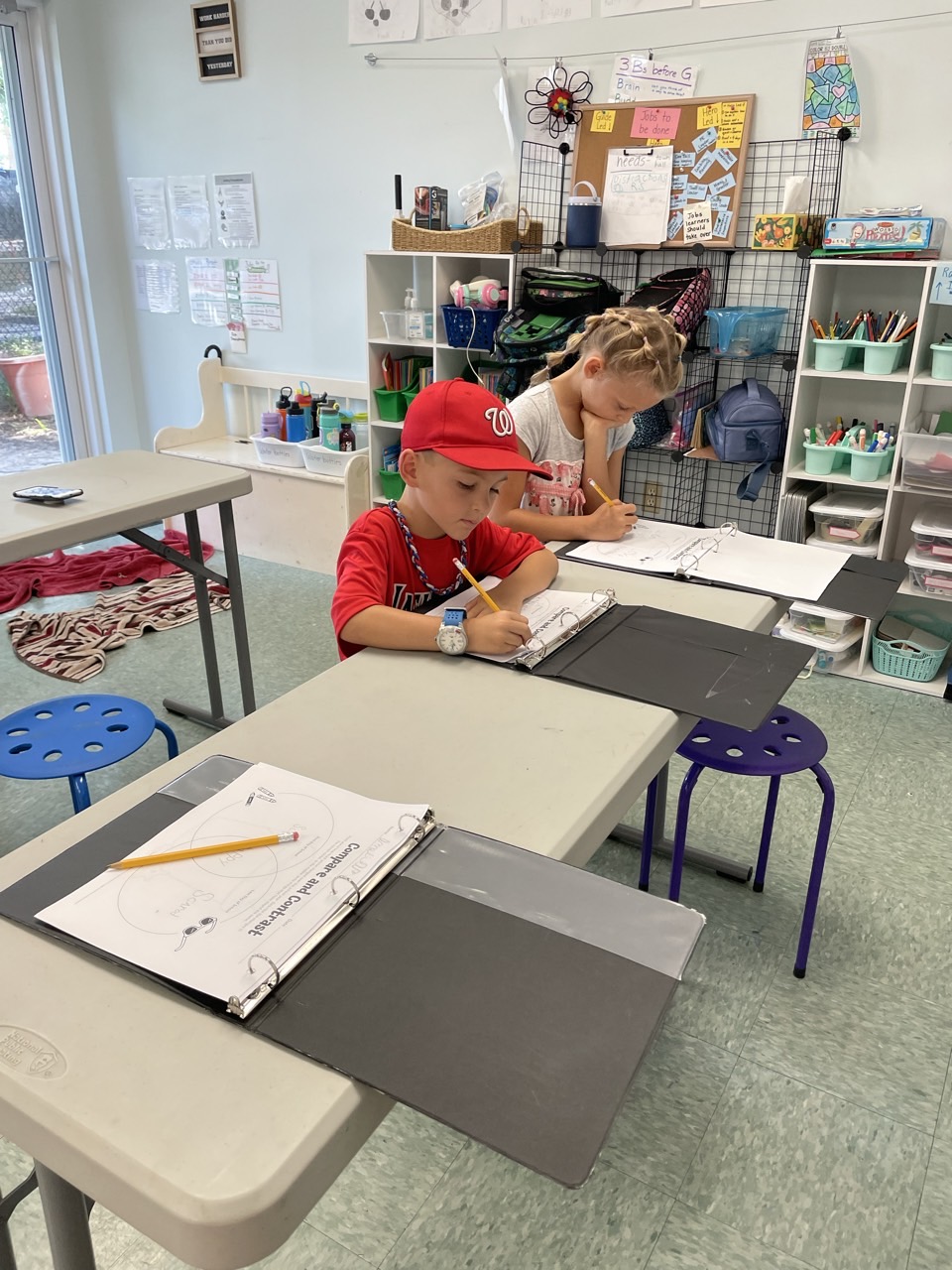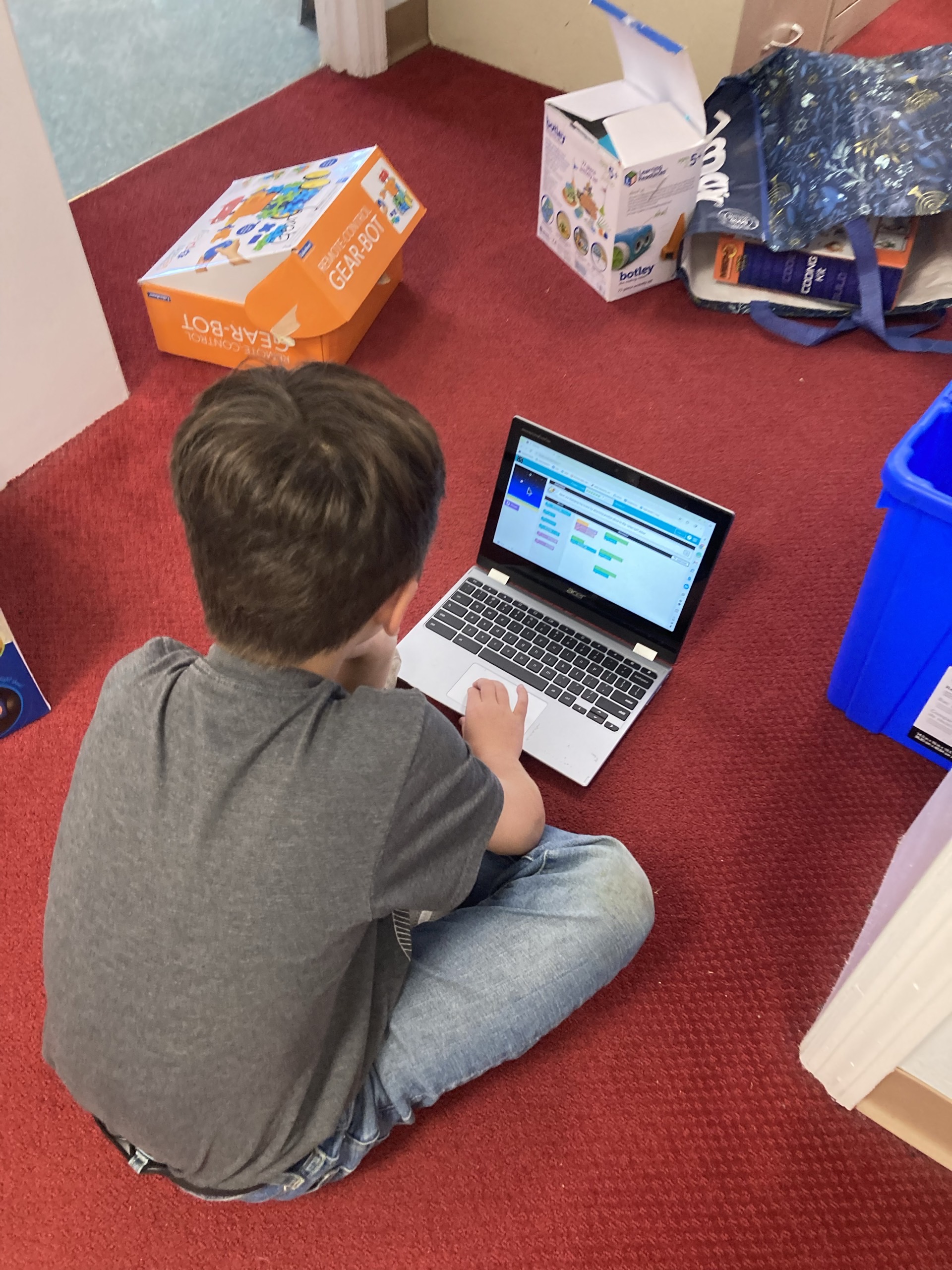We did it. I can’t believe we actually did it.
Looking at our studio at Acton Academy Port St. Lucie right after we finished our last day of our first year, I couldn’t believe it.
We took a <400 square foot room and made it into a special space, a sacred space. One where our learners failed, cried, and distracted. One where they focused, defeated victimhood by becoming creators, embraced a growth mindset, started a business, spoke up for themselves, and so much more.
How? How could we take such a small space and make this kind of growth happen?
There’s a lot to say, but I know one answer for sure: It’s because this small space was a studio, not a classroom.
At Acton, we don’t have classrooms, we have studios.
Our names are very intentional — we don’t just call our staff “guides” to be niche or cool, we do it because they legitimately are not teachers.
So why a “studio”? Well, for one, they aren’t anything like a traditional classroom. There aren’t rows and columns of desks, assigned seating, a “teacher’s desk” at the front of the room that they’re all facing. (There isn’t any “teaching” going on anyways)
Our studio went through about 3-4 iterations this year. At one point, our tables were grouped together to make two larger tables and a couple in the corner. Then we had a big square with space in the middle. Then the learners voted to make it more like a traditional classroom and have the tables arranged in rows to see if it would help increase focus. Then they were moved into a very wonky style that’s too difficult to explain with just text, and I unfortunately don’t have photos, but I can draw it out. Later, they were reverted back to the rows.





And now this year, we’re getting rid of those tables in favor of some smaller tech tables that are on wheels so they can move them around easier.
And we’re just talking about the tables. We’re not talking about all the ways the materials moved around. There used to be some bins and they’d put their water bottles on them; now there’s a bench. There used to be a little quaint area with pillows, rugs, and a table for them to do Peace Tables; then it was removed after it was determined that the pillows were too distracting.
They’re called studios because it’s a living, breathing experimental environment. They’re studios because there isn’t a central focus point, like the teacher and their board, but a conglomeration of various spaces and pieces that they can move around in to best suit their needs.
Sometimes they sit on a stool at the table while working on their computer. Sometimes they stand. Those who have earned the privilege will work on the floor, be it lying down or sitting criss-cross apple-sauce, and they often prefer to.

Ownership, and beyond the Traditional Model
Our studios have broader implications for education.
First, we need to get out of this mindset that learning happens in this Prussian model style of rows and columns of desks. We act like every child will function and flourish when they work in that environment, and worse, I’ve had teacher friends defend it and say that children NEED to learn how to flourish in such an environment to be successful in life.
But how can that be the case? Certainly traditional schools are almost entirely set up to feed into colleges (a problem for another article), but even college lecture halls aren’t set up the way traditional schools are. Offices aren’t set up that way. And work today looks much different than it did 50 years ago, 20 years ago, even 10 years ago.
The implications of our studio concept extend beyond the physical arrangement of furniture. They challenge the very foundation of traditional education, whose assumptions are increasingly outdated.
What children need to learn is how to learn, to do, and to be. They don’t need to be confined to arbitrary setups and learn to think learning only happens when they’re in such an environment.
So we have studios. They are a living, breathing, and ever-evolving environment. They reflect our commitment to creating spaces that empower learners to take charge of their education, fostering a love for learning that will serve them throughout their lives.
